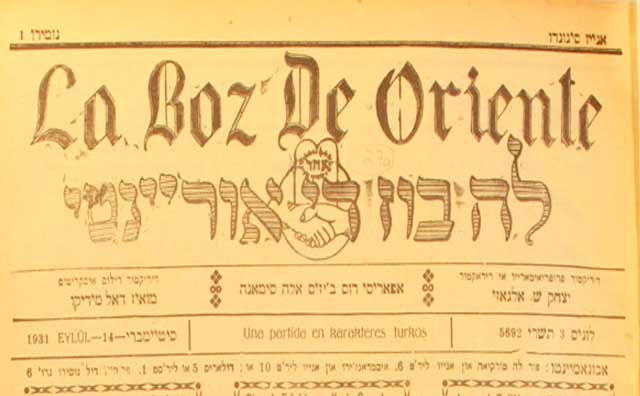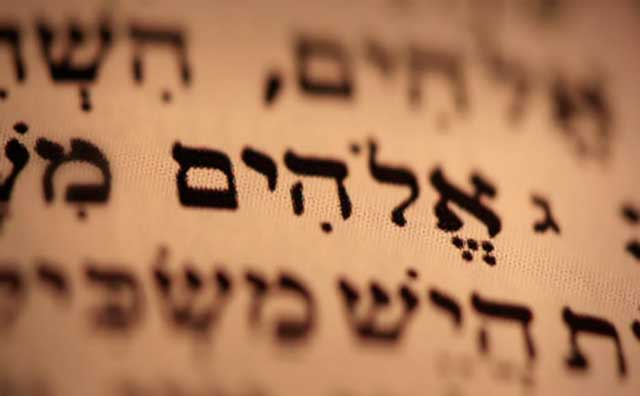<h2>What is Simjat Torah ?</h2>
Simchat Torah arrives on the last day of the festivities. At this point we read the last portion of the Torah, since we must never finish reading the Torah, we begin reading the pure principle again to show that we love the Torah as a “new command to which all run.”
It is a very happy occasion. All the scrolls of the Torah are taken from the Ark and carried in a parade around the synagogue seven times. We rejoice, sing and dance with the Torah, for the reestablishment of our covenant with the Torah, as a bridegroom rejoices with his bride; Since the Torah marries Israel as a wife with her husband.
Children are given gifts of sweetness and fruit because it has been said that “the commandments of Hashem are sweeter than honey.”
<h2>Festivities of Shminí Atzéret and Simjat Torah</h2>
“And on the eighth day you shall have a meeting; You will not do any servile work “(Bamidbar – Numbers 29:35): this is what the text says when it prescribes the celebration of the” eighth day, the feast of the assembly “, which a little shortened its Hebrew name of four words, With only two of them, Shemini Atzéret, “Eighth (day of) meeting”.
The “eighth” refers to the seven days of the festival of Sukkot that precede it. ?? Shemini Atzéret is celebrated as if it were an eighth day of Sukkot, even though it technically no longer has any relation to this feast. The obligation to live in the sukkah no longer applies, for example.
But as it is a day of rest, no one is given, at Shmini Atzéret, to the task of disarming their hut, and so it would seem that she also continues to integrate the elements of this feast. Some continue to serve in their main meals, but no longer say, at the beginning of the same, the special blessing of Sukkot.
In Shminí Atzéret, after reading the Torah and the Haftarah, according to the Ashkenazi rite the prayer of remembrance of the dead – Izcor – as on Yom Kippur is recited.
The prayer for the rain: During the repetition of the prayer of Musaf by the jazán – wrapped this one in his kítel or white tunic, Rosh Hashaná and in Iom Kipur – a special request is pronounced, Tefilat Haguéshem, the “Prayer of Rain “Where abundant precipitation is requested from God in the winter, which is soon to begin.
This sentence is composed of several poetic paragraphs in which the word maim is often repeated, “water,” the liquid whose abundant supply we ask of Heaven.
What we have said so far, refers to Shemini Atzéret both in Israel and in the Jewish communities of the Diaspora. But they celebrate one more day, a ninth day, Simchat Torah, that of “Joy with the Torah.” In the State of Israel, however, the holidays conclude with Shemini Atzéret, and all that we will now see referred to Simchat Torah, in Israel we incorporate it to Sheminí Atzéret.
From ancient times, there is a habit of reading in our synagogues every Saturday morning a fragment of the Torah or Pentateuch, a text called Parashat Hashavua, the “Paragraph of the Week,” whose name is generally taken from First word of that paragraph. On Monday and Thursday morning – as long as they are business days – the opening fragment of the Sabbath that follows them will also be read in the synagogue. And the same Saturday afternoon also reads a short paragraph, the beginning of Parshah next week.
<h2>Now, when does this series of biblical readings begin, and when is it completed ?</h2>
This occurs in Simchat Torah, among the Jews of the Diaspora, and in Shemini Atzéret, in the State of Israel. At the time of the biblical reading, all the scrolls of the Torah that the synagogue have stored there are extracted from the Sacred Ark, and they are celebrated with them seven Hacafot or “rounds” (analogous to those already seen when speaking Of Hoshana Rabbah at the festival of Sukkot).
After this ceremony they are put back in their place. But three are left out to read from them the biblical fragments of the date: the first, containing Moses’ farewell blessing and the account of his death on Mount Nebo; The second, to read the beginning, the narration of how God created the Universe; And the third, to read from the book Bamidbar or Numbers the detail of the festive sacrifices of the date.




